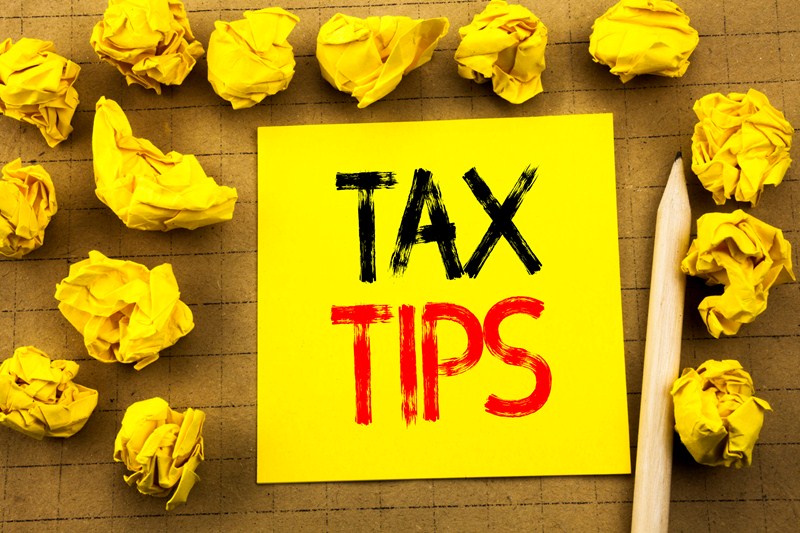If you are self-employed, as a sole trader or in partnership, the profits from your business are treated as part of your income for Income Tax and self-employed National Insurance purposes. As a consequence, the amount of tax payable on your self-employment is difficult to define in isolation and is why your trading accounts do not include a calculation of Income Tax and NIC payable.
Accordingly, if you are self-employed, any balance on your capital account (the amount of money you have introduced plus profits less any drawings made) is most likely overstated as you will need to pay any taxes due as increased drawings in the following accounting period.
Contrast this with limited companies.
Companies pay Corporation Tax (CT) on company profits. Company profits are not added to shareholders’ income to determine tax due. Which is why company accounts do include a charge for CT in the year end accounts.
In most cases, this computation of CT is made annually, at the end of each trading year, but it is perfectly possible to estimate CT monthly and include those estimates in your management accounts. In this way you can keep an eye on CT liabilities and how they affect your company retained profits position.
You can also use the estimates to consider how you will pay these future CT liabilities.


Recent Comments